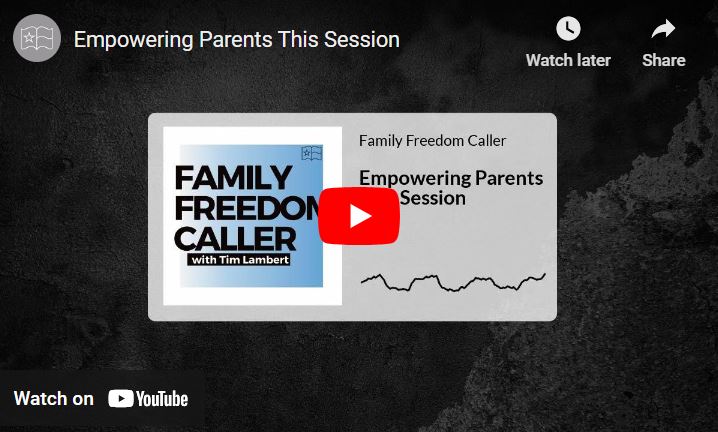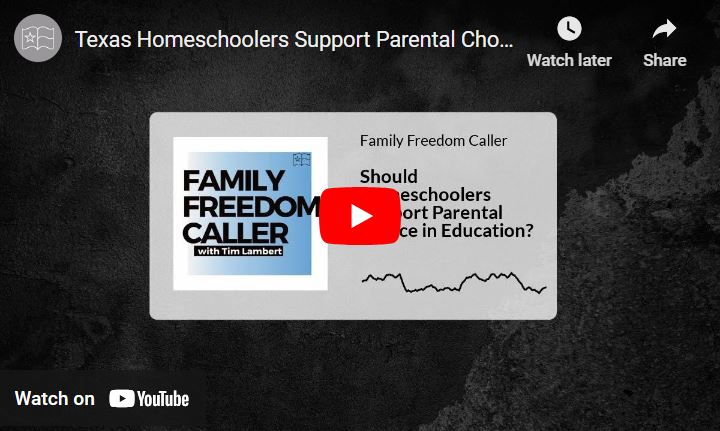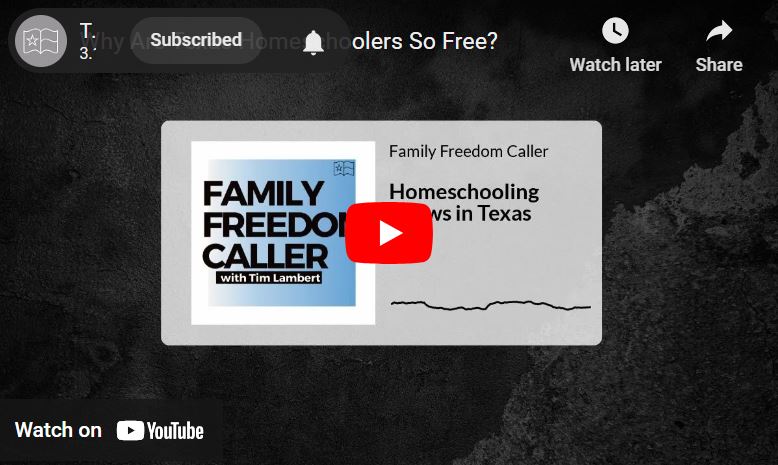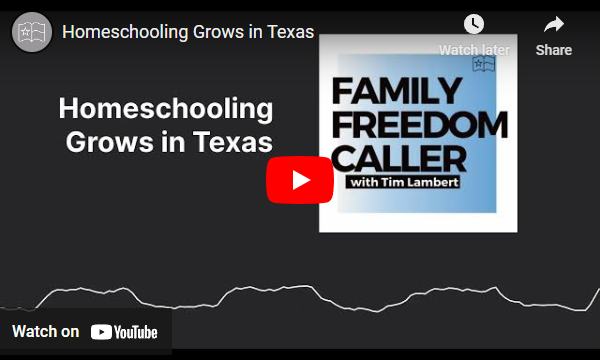By Anna McFarland
Geocaching is an exciting way for home schoolers to explore their area and learn valuable skills.
What is geocaching? It’s a game that started out as a test and turned into a high-tech scavenger hunt for all ages. The game reveals secret treasures hidden all around the country, and one of them could be right under your nose!
In 2000, computer specialist Dave Ulmer wanted to check the accuracy of newly improved satellites around the world. So, Ulmer hid a bucket stuffed with various prizes in the Oregon forests. Then, he posted the coordinates online with instructions to “take some stuff, leave some stuff.”
People caught onto the idea by creating their own stashes. All that was needed to complete the game was a name. After several options were considered, the word “geo” for earth and “cache” for hiding place were integrated to put a new spin on hide and seek that has gone global.
How to Get Started with Geocaching
Joining this underground world is easier than you might think. First, you need access a computer or a smartphone to create a free account on the geocache website. Then, you can input your zip code to find caches nearby.
During my first geocaching adventure, the GPS guided my family and me towards a commercial parking lot. A ping sounded on our phone to let us know that we were close. Sure enough, we discovered a camouflaged pill bottle underneath a light pole skirt. Then, we signed and dated the logbook, which was a scroll of paper inside the container. At that point, we had the option to replace the coins inside with our own surprise as long as it was nonperishable. Afterwards, we returned the bottle to the same spot so that others could find it. We then posted our discovery online.
However, not all of our finds were that simple. Future excursions required a few trips to locate one hideaway. Plus, caches are often disguised as a bolt or magnet so don’t be afraid to look into unusual items. If you get stuck, it is helpful to look at the online clues from previous geocachers.
Turn Geocaching into Homeschool Competition
After you have found a few traditional geocaches, you can branch out to mystery caches. These require you to solve puzzles or a multi-cache where you decipher clues in order to gain the coordinates. Eventually, you will reach the level where you feel confident enough to hide your own.
While you can geocache alone, I believe it’s more fun with my family or friends. The last time I explored with my sister, we found a beautiful spot by the lake that we had no idea existed. Your kids will also discover new areas and learn navigation even before they start driving.
For a challenge, divide your home school group into teams and see who can find the most caches in the least amount of time. Through geocaching, students will sharpen their observation skills to see the beauty God put into His creation. And you never know what is around the corner—it just may surprise you.
By Anna McFarland
Geocaching is an exciting way for home schoolers to explore their area and learn valuable skills.
What is geocaching? It’s a game that started out as a test and turned into a high-tech scavenger hunt for all ages. The game reveals secret treasures hidden all around the country, and one of them could be right under your nose!
In 2000, computer specialist Dave Ulmer wanted to check the accuracy of newly improved satellites around the world. So, Ulmer hid a bucket stuffed with various prizes in the Oregon forests. Then, he posted the coordinates online with instructions to “take some stuff, leave some stuff.”
People caught onto the idea by creating their own stashes. All that was needed to complete the game was a name. After several options were considered, the word “geo” for earth and “cache” for hiding place were integrated to put a new spin on hide and seek that has gone global.
How to Get Started with Geocaching
Joining this underground world is easier than you might think. First, you need access a computer or a smartphone to create a free account on the geocache website. Then, you can input your zip code to find caches nearby.
During my first geocaching adventure, the GPS guided my family and me towards a commercial parking lot. A ping sounded on our phone to let us know that we were close. Sure enough, we discovered a camouflaged pill bottle underneath a light pole skirt. Then, we signed and dated the logbook, which was a scroll of paper inside the container. At that point, we had the option to replace the coins inside with our own surprise as long as it was nonperishable. Afterwards, we returned the bottle to the same spot so that others could find it. We then posted our discovery online.
However, not all of our finds were that simple. Future excursions required a few trips to locate one hideaway. Plus, caches are often disguised as a bolt or magnet so don’t be afraid to look into unusual items. If you get stuck, it is helpful to look at the online clues from previous geocachers.
Turn Geocaching into Homeschool Competition
After you have found a few traditional geocaches, you can branch out to mystery caches. These require you to solve puzzles or a multi-cache where you decipher clues in order to gain the coordinates. Eventually, you will reach the level where you feel confident enough to hide your own.
While you can geocache alone, I believe it’s more fun with my family or friends. The last time I explored with my sister, we found a beautiful spot by the lake that we had no idea existed. Your kids will also discover new areas and learn navigation even before they start driving.
For a challenge, divide your home school group into teams and see who can find the most caches in the least amount of time. Through geocaching, students will sharpen their observation skills to see the beauty God put into His creation. And you never know what is around the corner—it just may surprise you.











